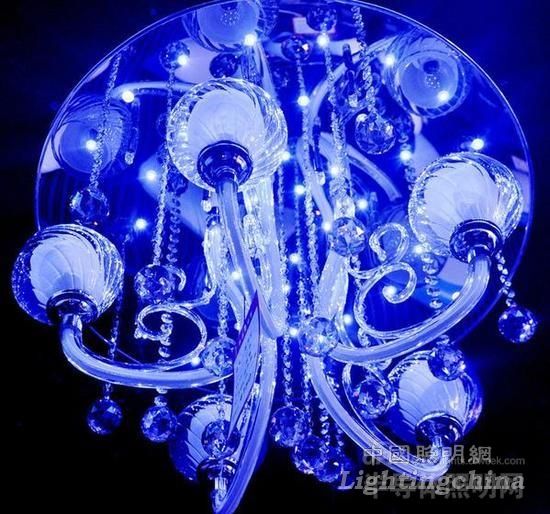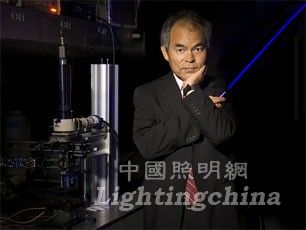Some netizens asked: "Does the blue light of the LED light damage the eyes?" LED lamp is a new type of light source after incandescent lamp, fluorescent lamp and energy-saving lamp. It has high luminous efficiency, but many people don't understand its light-emitting principle and spectral characteristics, and it is inevitable that it will not damage the light it emits. eye. Three color LEDs Spectrally, the light emitted by LEDs is very different from that of traditional incandescent lamps and fluorescent lamps. The so-called "spectrum" means that the light emitted by an object has a "rainbow". The light of traditional incandescent lamps and fluorescent lamps has the same seven colors of "red orange, yellow, green, blue, and purple" as sunlight. However, the general LED emits only three colors of "RGB", where R is red, which means red light; G means green, which is green light; and B means blue, which is blue light. These three color LEDs, the most important and most basic of the "blue LED" between 400nm and 500nm. The particularity of blue light Where is the blue light? Look at the "Rainbow" picture above. From left to right, the order is ultraviolet light, visible light and infrared light. The wavelength range of visible light is between 400 nm and 700 nm, and the wavelength range from 400 nm to 500 nm is blue, so this band is called blue light. The basic unit of light is called a photon. The wavelength of a photon is inversely proportional to the frequency. The wavelength of blue light is short, so the frequency is high. According to the calculation formula of light quantum energy of Einstein and Planck, we can know that the energy of photons is equal to the product of Planck's constant and the frequency of photons, so the photon energy of blue light is higher than that of red and green light. So that we can use blue light to "excite" other colors of light, such as yellow light can be "excited" by the blue light. Blue LED technology once won the Nobel Prize in Physics The blue LED technology was developed in 1998, and the technology won the 2014 Nobel Prize in Physics. It appears that the tall blue LED is made by encapsulating a GaN chip and yttrium aluminum garnet (YAG). The GaN chip emits blue light with a wavelength λ equal to 465 nm and a wavelength bandwidth of approximately 30 nm. How does a white LED emit white light? So, how does the white LED of the household produce white light? As mentioned above, the blue photon has high energy, so it can be used to excite fluorescence. Generally, the blue light generated by the blue LED is used to generate yellow light on the phosphor (similar to the principle of the fluorescent lamp, which is emitted by the ultraviolet light on the phosphor on the inner wall of the fluorescent tube). After the yellow light is excited by the blue light, they are shot together from the LED. We will feel as if we have seen the white light. In fact, this is just a combination of blue and yellow colors. Let's make an analogy. Blu-ray is the "mother" and Huang Guang is the "son". Their mother and son form a single-parent family of "white light". Because of this principle, many manufacturers directly increase the intensity of blue light in order to increase the brightness of white LEDs, so that the yellow light will increase accordingly, and the brightness of the resulting white light will increase, but this will cause us to Explain the "blue excess" problem. 

